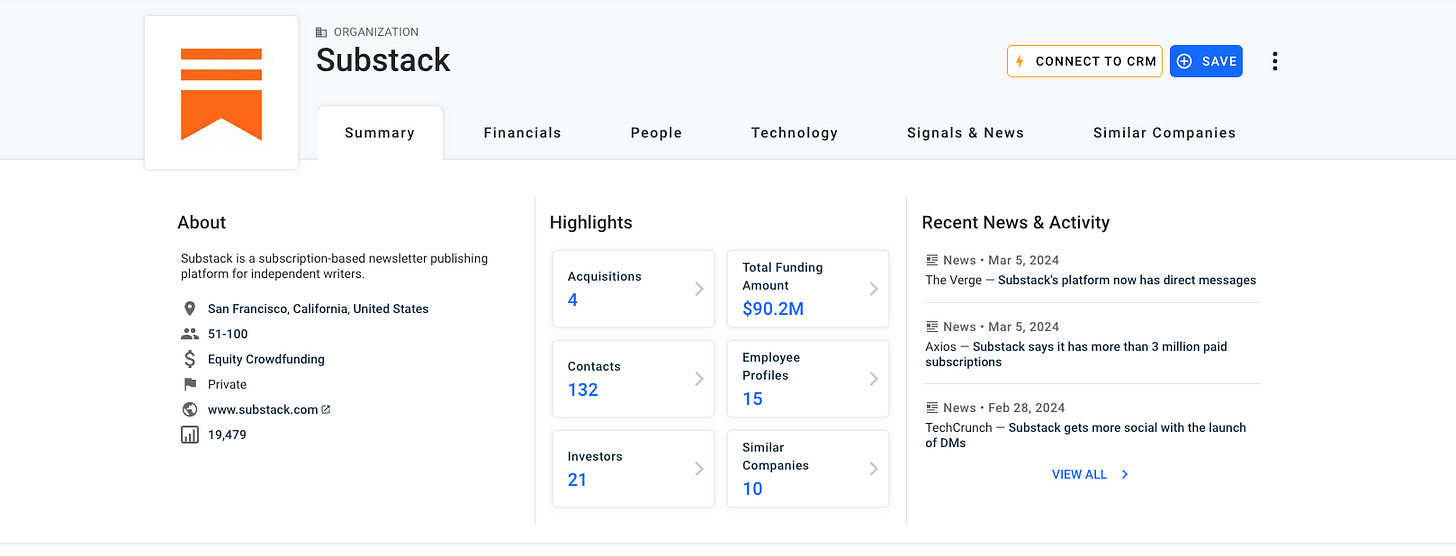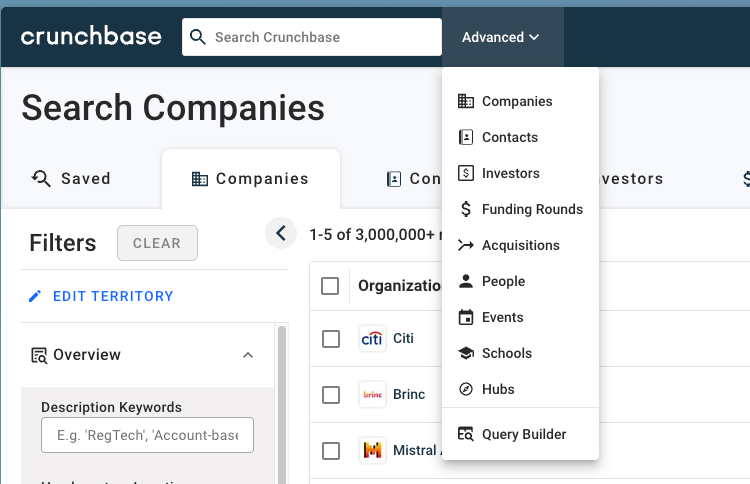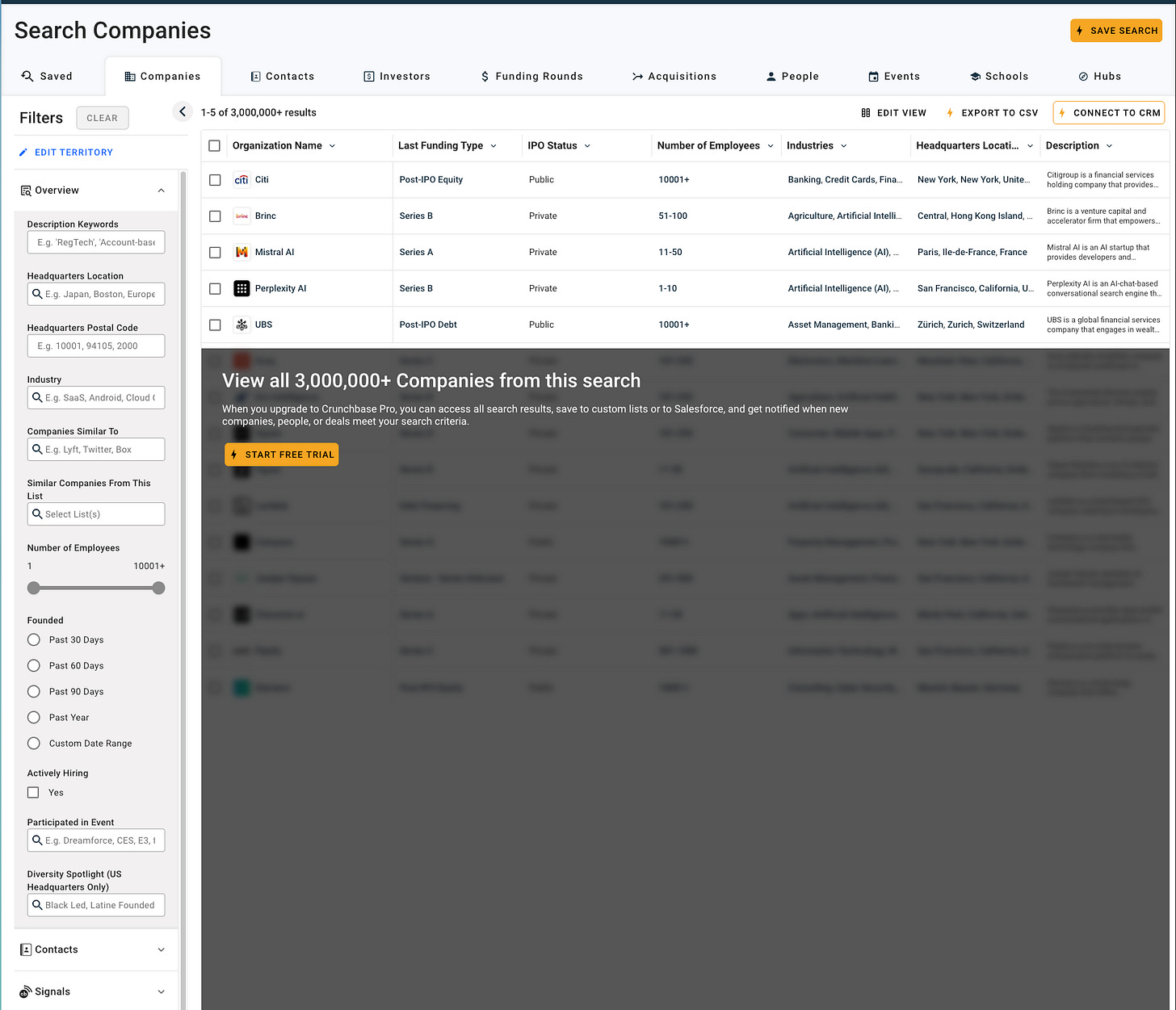The Ultimate Guide to Landing Your First Software Engineering Job at a Tech Startup: Find Your Next Company
In this post I will explain how and where you can find your next startup job.

In the previous posts of this series, I explained the importance of open-source and writing to land a new job.
Consider those an ongoing process. You should keep contributing to open-source and writing while looking for a new job and, possibly, after you find it. Open-source and writing should be your routine.
In this post, I finally explain where you can find your next startup job.
The ideal target
Your target is a startup that landed a Series A funding round or is approaching it.
Let me give a short explanation of how funding rounds work. If you already know how it works, feel free to skip it.
Startup funding for newbies
When a startup is created, the founders usually invest their time and money to bootstrap it.
After a while, other people may want to buy a portion of the company for some money. The company is very early, so the name given to this particular round is Seed. It can be considered the amount of money necessary to start hiring people.
Before the Seed round, the company is usually not ready to do actual hiring because it does not have enough money in the bank.
Other investors might want to invest in the company if things go well. At this point, the company has some employees and many users. What it needs is more money to grow faster.
That’s when the Series A round happens.
The story might go on to Series B and Series C. The point is that startup funding is usually divided into rounds.
Earlier rounds provide less money.
Most startups fail before reaching a Series B funding round.
Target Seed/Series A
There are a few reasons why startups at these two stages should be your target.
1. Less structured hiring process
The lack of structure inside the company at this stage is reflected in the hiring process.
This doesn’t mean the hiring process is more straightforward; it is shorter. Startups at these stages have less than 20 people, and, commonly, most of them have been with the company for less than five years. It is a very young company.
Having three or fewer steps for the entire hiring process is very common.
A shorter hiring process means faster answers. You don’t want to waste weeks to be hired or rejected; the faster, the better. So, in case of rejection, you can concentrate your efforts on a different target.
The interview is more like a conversation.
Note: I’m writing a dedicated post about the interview process, so be patient.
2. Learning opportunities
Again, the lack of internal structure has its benefits.
When working at an early-stage startup, everyone is responsible for everything. Fewer than 20 people in the company usually mean fewer than ten engineers. There is a high chance you’ll work on the entire codebase.
You could become an expert in many things in a couple of years.
3. Stock options
Stock options are company shares you can buy at a blocked price.
The company may offer you a stock options contract when you join a startup. The contract consists of some shares that will be granted to you gradually over a specific period. Usually, stock options are given in four years, and you earn a fraction of the total amount every month. The goal of the company is to provide you with a reason to stay and motivate you to make it succeed.
Stock options of an early-stage company have a lower price and a higher growth margin.
Joining an early-stage startup has other downsides, so I highly recommend you read this post before proceeding.
Where do you find startups?
Now, you should have a good idea of the ideal target for your next job.
It is finally time to find your next company. Many websites offer job postings, but you should look for websites focusing on startups.
My go-to choice is Wellfound.
This is my referral link if you also want to support my work.
Wellfound
Wellfound is the best website I’ve ever used to search for startups.
The main feature I couldn’t find on any other website is the level of customization of the filters. In Wellfound, you can customize the following:
Salary: I don’t want to interview for a company offering less than my current salary.
Skills: setting skills will automatically show only jobs with the skill you set. I set Nodejs.
Investment stage: This is precisely what we are discussing regarding set Seed and Series A.
Equity: whether the company offers stock options or not.
Company size: I usually set “1-10 “and “11-50 “.
Another cool feature is the timezone functionality.
When opening a job, setting your current location in your profile immediately lets you know if the company is hiring in your area.
While most job applications are done via Wellfound, I use Crunchbase, too.
Crunchbase
Crunchbase is like the most extensive database of companies in the world.
You won’t find only startups in Crunchbase. You can find any company there. I use Crunchbase for two purposes:
Verify companies.
Find new companies.
1. Verify companies
Before applying to a company, you must find all the information you can.
Crunchbase is perfect for that. When you find an interesting new company and want to understand its finances, search for it on Crunchbase. Crunchbase contains all the information you need.
This is the Substack page on Crunchbase.
You can see the number of employees, the number of investors, and the total funding amount. The news is one of the most important sections. Reading the news might give you an idea of what’s going on.
Click on the Investors section.
Scrolling down a bit will show the following table of a startup’s investors, which is essential. Clicking on an investor will bring you to a dedicated page to see details about them, like other companies they invested in.
2. Find new companies
Crunchbase is also great for finding companies.
The search bar is at the top left of the page. Next to it, click the “Advance” link.
Click on “Companies,” and you’ll see the companies page.
The filters are not as detailed as the ones you have on Wellfound, but you can still set:
Number of employees
Headquarter
This section is partially hidden for non-premium users. But you can use this script to show the hidden parts:
document.getElementsByClassName('all-results-upsell-wrapper')[0].style.display = 'none'; document.querySelectorAll('.blurred-row').forEach(el => el.style.filter = 'none')Running this script in the browser’s console after your search will show the hidden results:








